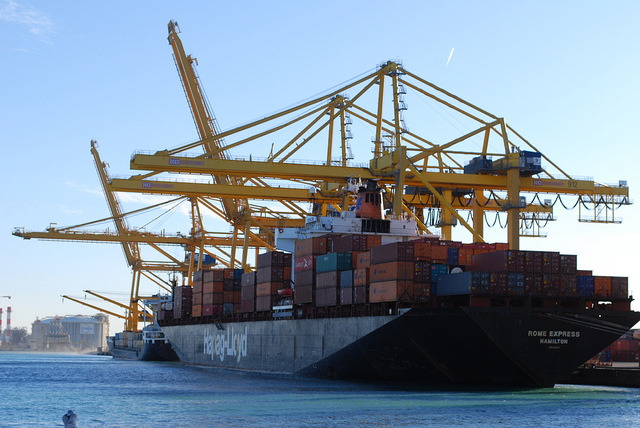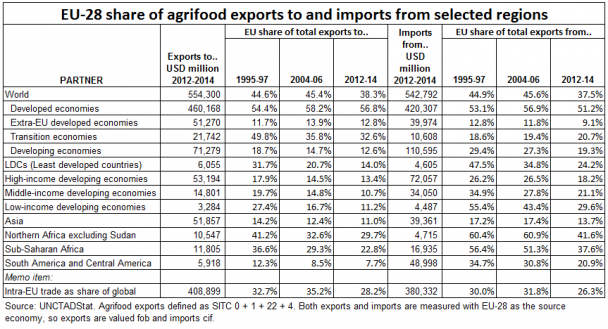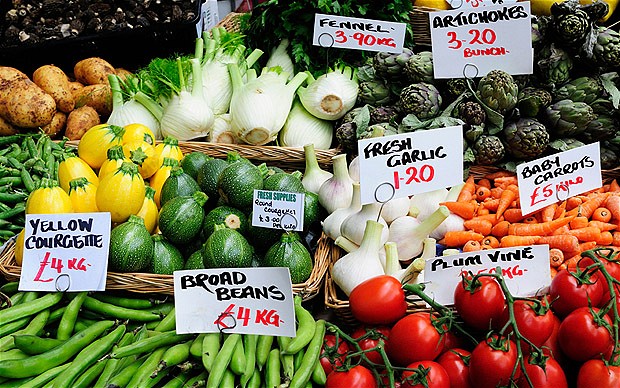The UN’s next global climate change conference is fast approaching. Hosted by France, the conference aims to achieve a new international agreement on the climate with the aim of keeping global warming below 2°C. This is not a new goal as we know – the Copenhagen Meeting in 2009 also wanted to reach the same.
Those interested might find it useful to read some recent reports on the topic to keep themselves up to date. However, by starting with the probably most well-known ones (IPCC’s climate change reports), one surely realises that their language becomes very hard to understand. In a recent article, a number of scientists analysed the language used by IPCC and concluded that her studies have become less readable over time.… Read the rest






